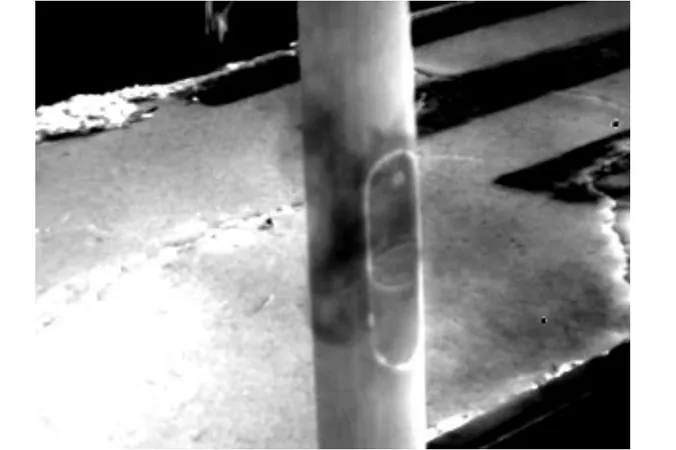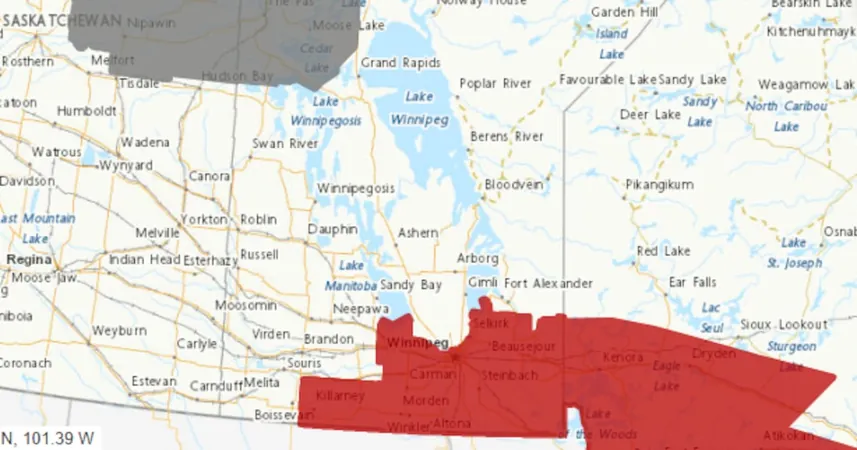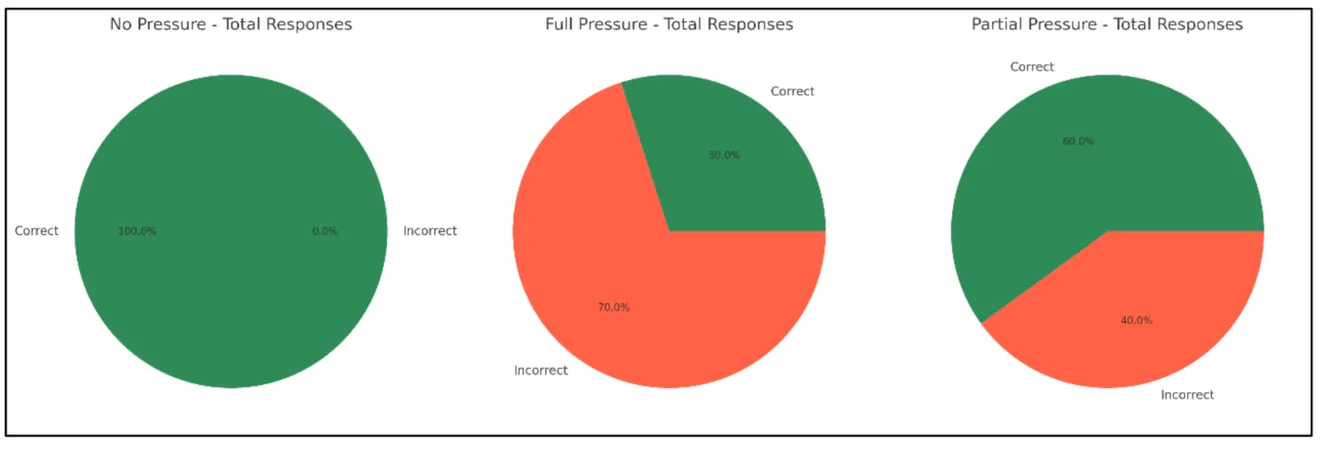
Revolutionizing Volcanic Surveillance: Apliter Termografía and FLIR Empower La Palma with Cutting-Edge Gas Detection Technology
2025-04-16
Author: Amelia
In the wake of the Cumbre Vieja volcano eruption in La Palma back in 2021, the National Geographic Institute (Instituto Geográfico Nacional - IGN) has significantly enhanced its volcanic monitoring capabilities with the latest in gas detection technology.
FLIR G343 OGI Camera: The Game-Changer for Gas Detection
Enter the FLIR G343 Optical Gas Imaging (OGI) camera, supplied by Apliter Termografía. This high-tech device excels in detecting carbon dioxide (CO2) emissions in real time, vastly improving risk assessment strategies in volcanic areas.
The Ongoing Challenge of Gas Emissions in La Palma
Even though the eruptive activity of Cumbre Vieja has ceased, the threat of gas emissions continues to loom. CO2 – a colorless and odorless gas – poses a serious risk, particularly in hard-to-access areas where it can accumulate and displace oxygen. This can lead to dizziness, shortness of breath, and severe disorientation, especially in confined spaces.
Real-Time Monitoring: A Critical Need
La Palma faced significant hurdles with the lack of real-time sensors to identify hazardous zones, heightening the risk of unintended exposure for researchers and residents alike. The IGN recognized the urgent need for a sophisticated solution, like the FLIR G343, to enable swift action and informed decision-making.
Breaking New Ground in Volcano Monitoring
Carmen López, Deputy Director General of Surveillance, Alerts and Geophysical Studies at IGN, proudly stated, “No volcano observatory has a surveillance tool as powerful as this camera.” To ensure its successful integration, Apliter Termografía’s commercial director personally delivered the FLIR G343, showcasing its capabilities during on-site tests.
Transforming Safety and Research
The implementation of the FLIR G343 has revolutionized IGN’s response strategy to post-eruption scenarios in La Palma. This state-of-the-art thermal imaging gas detection camera not only prioritizes the safety of researchers but also facilitates critical data collection for scientific studies on volcanic activity and its long-term impacts.
This collaboration exemplifies how innovative technology can significantly improve natural disaster risk management. Apliter Termografía and FLIR’s joint efforts underscore a commitment to pioneering safety solutions in high-risk environments, ensuring that science and safety progress hand-in-hand.









 Brasil (PT)
Brasil (PT)
 Canada (EN)
Canada (EN)
 Chile (ES)
Chile (ES)
 Česko (CS)
Česko (CS)
 대한민국 (KO)
대한민국 (KO)
 España (ES)
España (ES)
 France (FR)
France (FR)
 Hong Kong (EN)
Hong Kong (EN)
 Italia (IT)
Italia (IT)
 日本 (JA)
日本 (JA)
 Magyarország (HU)
Magyarország (HU)
 Norge (NO)
Norge (NO)
 Polska (PL)
Polska (PL)
 Schweiz (DE)
Schweiz (DE)
 Singapore (EN)
Singapore (EN)
 Sverige (SV)
Sverige (SV)
 Suomi (FI)
Suomi (FI)
 Türkiye (TR)
Türkiye (TR)
 الإمارات العربية المتحدة (AR)
الإمارات العربية المتحدة (AR)